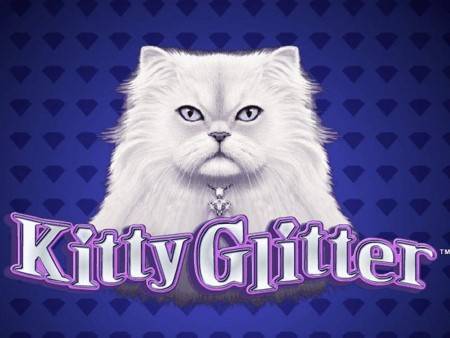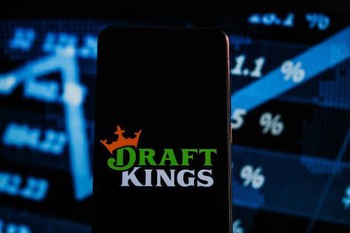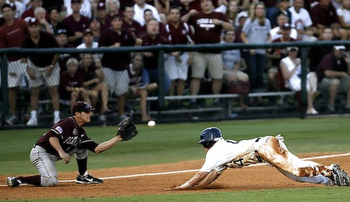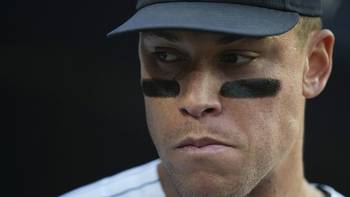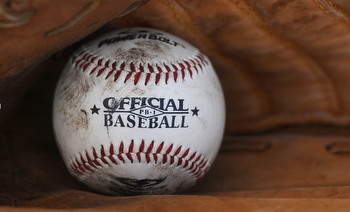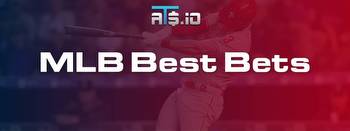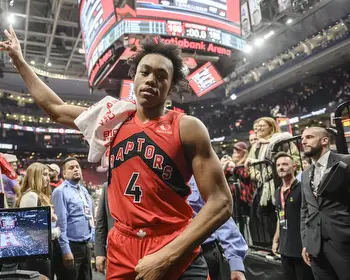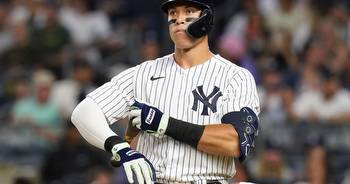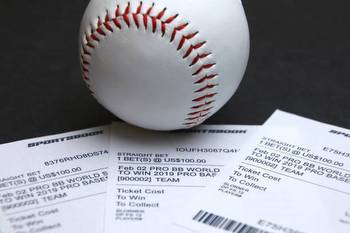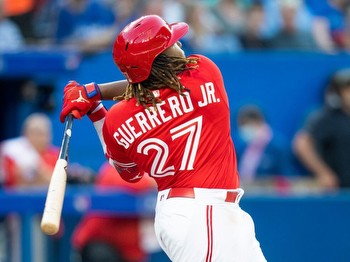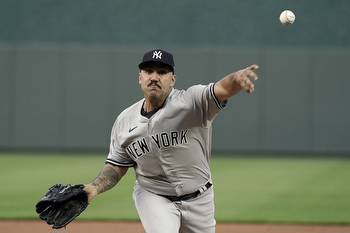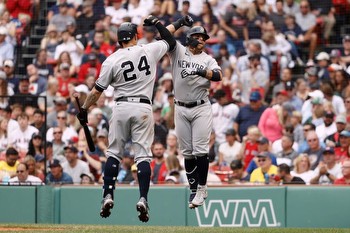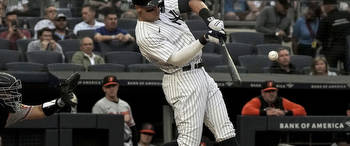How to bet on MLB: Run lines, totals, props and more
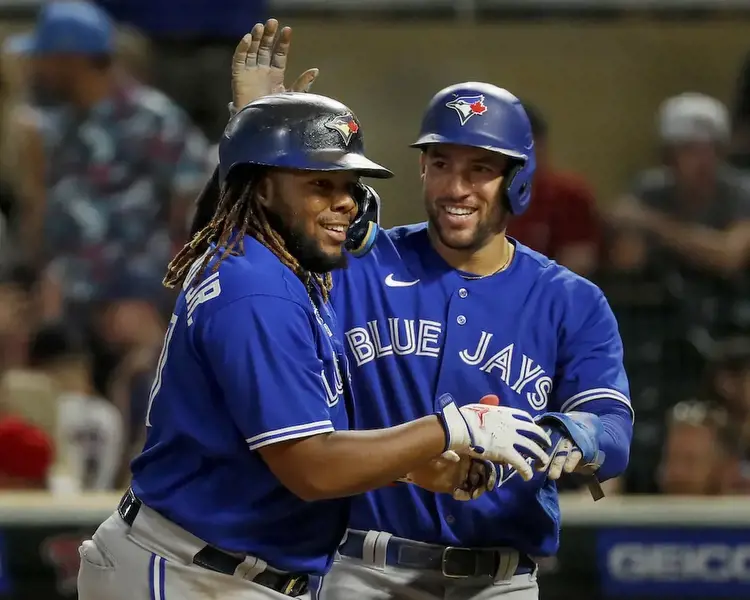
The baseball betting market is huge in Ontario, which is home to Canada’s lone MLB team. This is especially true during the slower summer months once the NHL and NBA seasons end and there are fewer sports to make daily wagers on.
There are many ways to bet on MLB — from game outcomes to player props — which we will take a look at below.
For those new to betting or in need of a refresher, this how to bet on MLB guide will run you through the markets that baseball-loving bettors like to wager on.
How to bet on MLB
Moneyline
A moneyline wager is popular across all major North American sports and baseball is no exception. It’s also among the most straightforward ways to place a bet.
A moneyline bet consists of placing a wager on the team that you think will win a particular game. If you pick the Blue Jays to beat the Yankees straight up, that’s a moneyline bet.
Clicked linked odds below to add selection to betslip.
MLB odds as of 10:35 a.m. on 03/28/23.
Each team will come with its own set of odds based on its probability of winning that specific contest. The odds will ultimately determine the potential payout. A team that is favoured will have a minus (-) sign before its odds, while the underdog will have a plus (+) sign.
Team success of course plays a major role in determining which team is assigned as the favourite. Other factors include which team is home and the health of the roster. Missing key players will have an impact on the odds.
But unlike other sports, baseball is unique in the sense that starting pitchers will also greatly affect what the odds are set at and, as a result, which team will be assigned the favourite or underdog. If the matchup is even enough, you may also see it listed as a pick’em, where each team will be assigned the same odds (typically -110 on both sides).
Let’s go back to that hypothetical Blue Jays and Yankees matchup. Here are a few examples of what the moneyline odds (in brackets) could look like depending on the starting pitching matchup.
Evidently, a starting pitcher alone can severely swing the line.
A very good team with its ace on the mound playing a bottom-feeder will see even more lopsided lines. The Dodgers, for instance, were -300 favourites a number of times last season.
The following shows what your return would be depending on the odds:
-110 odds: You would have to wager $110 to win $100 -300 odds: You would have to wager $300 to win $100 +165 odds: You would have to wager $100 to win $165
Run line betting
The run line is like the puck line in hockey and it is each sport’s version of the point spread, which is popular in football and basketball betting.
The run line provides bettors with an opportunity to pick a certain team to win, but also allows them to back a loser and attach a small spread to this bet type.
The handicap for the run line is set at 1.5 — the spread is much smaller than what you would see in some NFL/NBA games because there is less scoring in baseball. Placing a wager on a team at -1.5 means it has to win by two runs or more for your bet to cash.
Taking a team at +1.5 means that it could either win or lose by one run and you would still cash your bet.
Why the run line?
The run line is popular because sometimes a moneyline bet doesn’t make a lot of sense. Let’s go back to that Yankees and Blue Jays example and focus on the Cole and Kikuchi matchup.
New York always has a heightened chance to win with Cole on the mound, but there isn’t a lot of value to be found when betting on the Yanks at -190 on the ML. But assuming you like the Yankees to beat the Jays in that matchup, you might also believe that New York to win by two-plus runs is fair and a better way to wager.
In that scenario, you could get the Yankees -1.5 at something like -120 odds instead of -190 on the moneyline.
The run line gives bettors an opportunity to potentially get a favourite at plus-money odds or at least not pay as much juice (the cut the sportsbook takes on your bet) or to back an underdog without needing that team to win.
Also, like point spreads, there are alternative run lines. So you could select the handicap to be 2.5 or even 3.5. You can find good value here if you expect a blowout to occur.
How to bet on MLB totals
Wagering on the total amount of runs scored in a game is among the most popular bet types for baseball bettors. You will also see totals referred to as the over/under or O/U. All three terms mean the same thing.
Betting on the total is also straightforward. Sportsbooks, like NorthStar Bets, will put out a number of runs that the two teams have to combine to go over or under, and a bettor can wager on either option.
The majority of games typically see an over/under total of 7.5 to 10.5, with exceptions both ways.
You can bet on alternative totals as well. Going back to the Yankees versus Jays example, you might see a total of 8.5 (you would have the option to select either the over or under, with odds set around -110 to -120 for either play), but you would also have the option to choose another total.
Here’s an example of what the odds could look like for different totals if the standard O/U was set at 8.5:
7.5 total: over -165, under +145 8.5 total: over -120, under -105 9.5 total: over +130, under -155
You can also wager on team totals and place a bet on how many runs you think each individual team will score in a game. The total would be reduced because it focuses on just one team’s runs. The O/U is usually set at 4.5 or 5.5.
Props
Player props involve betting on individual outcomes in a game. There are many options to choose from for MLB games and we will run through the most common types offered for each contest.
The starting pitcher prop market has the majority of options presented as an over/under bet type. You can wager on whether a pitcher will exceed or fall short of a certain amount of strikeouts and bet the O/U on it.
Let’s say Berrios’ strikeout total was set at 6.5, you would have the option to choose whether he would go over or under that number. The odds would look something like this: over -135, under +115.
The same goes for how many outs a pitcher will record, how many hits they will allow, and how many earned runs surrendered. The total and odds that are set will depend greatly on the quality of the pitcher.
For position players, betting the O/U on how many total bases they will record in a game is one of the most popular props that bettors wager on. The O/U on the total bases prop is commonly set at 1.5.
Home run props are also popular and allow you to bet on whether certain players will go deep in a particular contest.
There are also prop markets for hits, RBI, runs scored and stolen bases.
There are also markets for team and game props, such as over/unders on the number of hits or homers in a game.
How to bet on MLB futures
The futures market involves betting on outcomes that will happen at a later time. This is a great way to bet if you’re willing to play the long game and find good value.
Picking the team you think will win the World Series is tough, even once the postseason starts, let alone today. But you can find tremendous value by placing a bet on a World Series winner in the offseason. This would be an example of a futures bet.
The Braves, the 2021 World Series winners, were around +1,200 to win the Fall Classic before the season began. If you placed a $100 bet on them to win when they were +1200, you would have earned yourself a great return on your investment.
There are futures markets for season-long awards as well, like the MVP, CY Young and Rookie of the Year.
If you bet Shohei Ohtani to win the AL MVP during his historic 2021 season, you would have been laughing after he was the unanimous choice.
The two-way phenom could be had for +2,000/+3,000 in spring training at various operators before becoming the frontrunner in the second half and seeing his odds completely go the other way and hit -2,500 at one point.
Parlays
A parlay consists of making multiple bets on a single ticket and wagering once. Every bet on that parlay must win in order for a bettor to cash their ticket.
An example of an MLB parlay looks like this:
Blue Jays ML (-120) Red Sox ML (+140) A’s vs. White Sox over 8.5 runs (-110) Ohtani over 1.5 total bases (-125)
Combined odds = +1,410. If you correctly predicted all four outcomes, you would win $1,410 (a total payout of $1,510) on a $100 bet.
Keep in mind: The more bets you add to the betslip decreases your likelihood of winning. Parlays are attractive to some because the payouts are bigger than a single-game wager.
You also have the option to make a same-game parlay bet where you could combine a moneyline, over/under, player prop, and so on. So you could make a bet where you predict the Blue Jays to win, score over 5.5 runs and for Vladdy to hit a home run.
You’ll see same-game parlays listed as an SGP.
Live Betting
Live betting is popular and provides users with options to bet on games as they play out in real time. Many of the same pre-game markets, such as the moneyline and over/under, remain available once a game is underway.
Say you took the Blue Jays at -120 odds on the moneyline to beat the Yankees before the game started and they quickly fell behind 2-0, then their odds would change.
The Blue Jays might now be +175 underdogs to win and you would have the option, during the game, to place a wager on them at that price.
Odds constantly change throughout the game, especially after any runs are scored. For example, those +175 odds might not be available for long if the Blue Jays get two runners on base and then hit a three-run homer to take the lead.
Markets can also close throughout the game for various reasons, so timing on when to strike is key.
